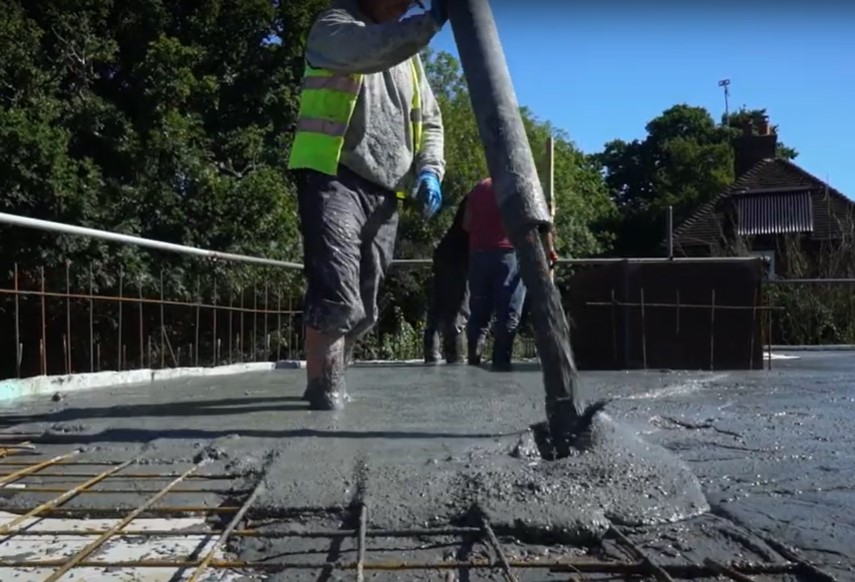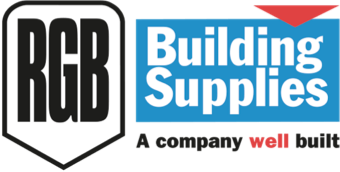
Concrete, the ubiquitous building material, offers strength, durability, and endless possibilities for construction and creative projects. While it seems straightforward, working with concrete demands proper preparation and technique to achieve optimal results. From mixing ratios to finishing touches, here are top tips to navigate your concrete projects like a pro:
Preparation is Key:
- Plan your project: Determine the concrete quantity needed, factoring in wastage. Research the ideal concrete mix for your project purpose (foundation, driveway, countertop, etc.). Consider pre-mixed options for smaller projects, or source specific ingredients for customized mixes.
- Gather your tools: Ensure you have shovels, buckets, a sturdy mixing tub, trowels, levels, protective gear (gloves, boots, goggles), and a concrete vibrator (optional for denser mixes).
Mixing Matters:
- Read the mix: Always follow the manufacturer's instructions on water-to-cement ratio for optimal strength and workability. Start with less water; adding more is easier than fixing a soupy mix.
- Mixing magic: Mix thoroughly, ensuring all ingredients are evenly distributed. Use a power drill with a mixing paddle for larger quantities. Aim for a consistency resembling thick oatmeal.
- Temperature matters: Don't mix concrete in extreme temperatures (below 40°F or above 85°F) as it affects curing and strength. Consider adding admixtures for cold or hot weather conditions.
Pouring Power:
- Prepare the formwork: Build secure, leak-proof forms using sturdy materials like plywood or concrete blocks. Double-check dimensions and reinforce corners if necessary.
- Wet the form: Lightly dampen the formwork to prevent moisture absorption from the concrete, which can weaken it.
- Pouring technique: Start at one corner and pour steadily, avoiding segregation of ingredients. Use a rod or vibrator to eliminate air pockets, especially in thicker pours. Ensure proper compaction, checking for levelness throughout.

Finishing Touches:
- Strike it right: Use a straightedge to level the surface shortly after pouring. Work quickly as concrete sets fast.
- Jointing for control: Create control joints with a grooving tool at predetermined intervals to prevent uncontrolled cracking.
- Curing is crucial: Keep the concrete surface moist for at least 7 days by spraying, covering with plastic, or using curing compounds. This prevents premature drying and ensures proper strength development.
Safety First:
- Protective gear is mandatory: Wear gloves, boots, goggles, and dust masks to protect yourself from dust, splashes, and sharp edges.
- Mind the mix: Concrete is alkaline and can irritate skin and eyes. Wash exposed areas promptly with clean water and seek medical attention if necessary.
- Lifting technique: Lift heavy bags or precast concrete elements with proper form and use mechanical assistance for larger pieces to avoid injury.
Bonus Tips:
- Work with a buddy: Having an extra pair of hands can streamline the process and ensure safety.
- Clean as you go: Wash tools and equipment immediately after use to prevent concrete hardening and making cleaning difficult.
- Practice makes perfect: Start with smaller projects to gain confidence and hone your concrete skills before tackling larger ones.
By following these tips and understanding the properties of concrete, you can embark on your concrete creations with confidence. Remember, preparation, attention to detail, and safety are paramount for successful and rewarding concrete projects. Happy building!
